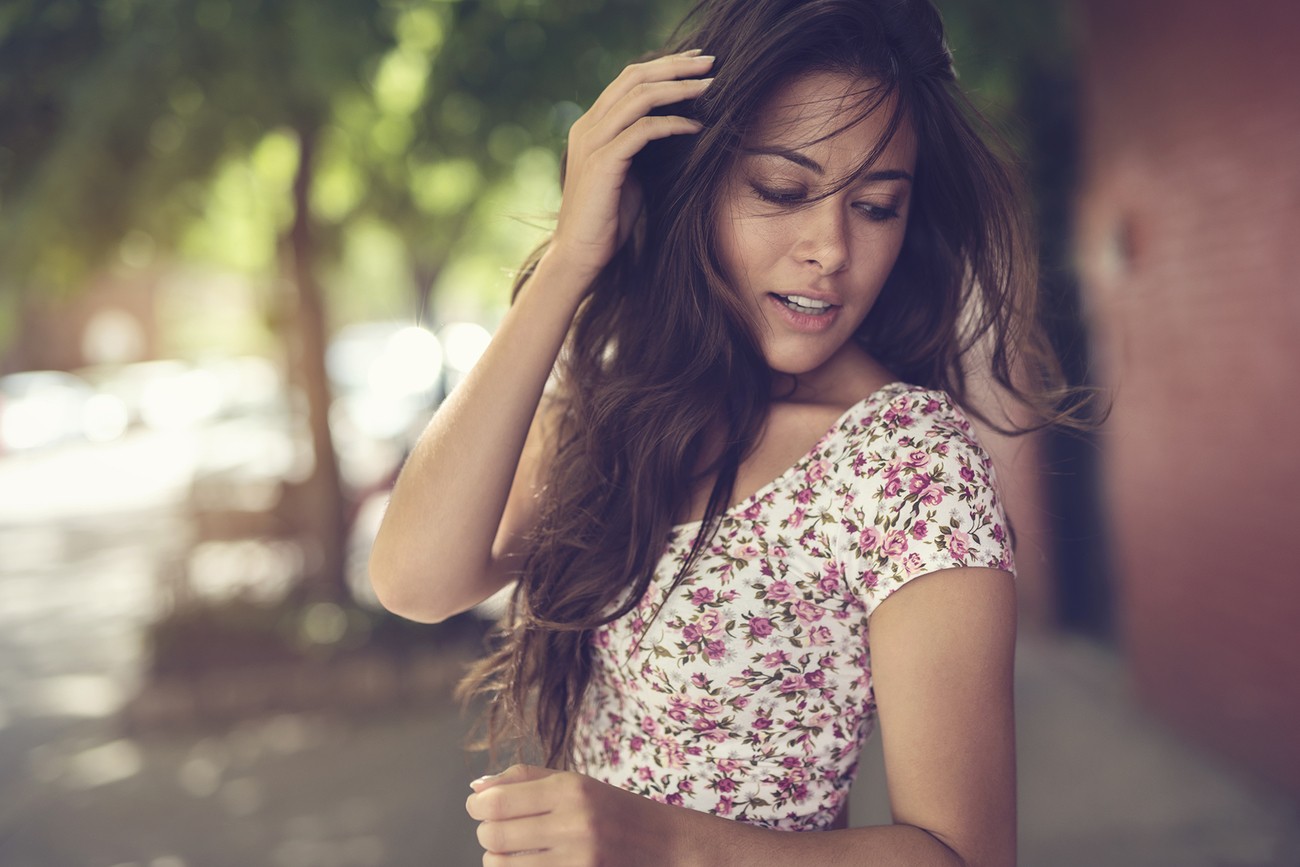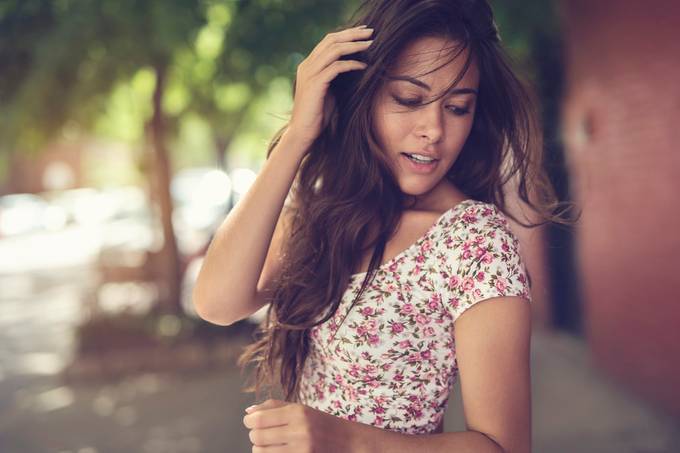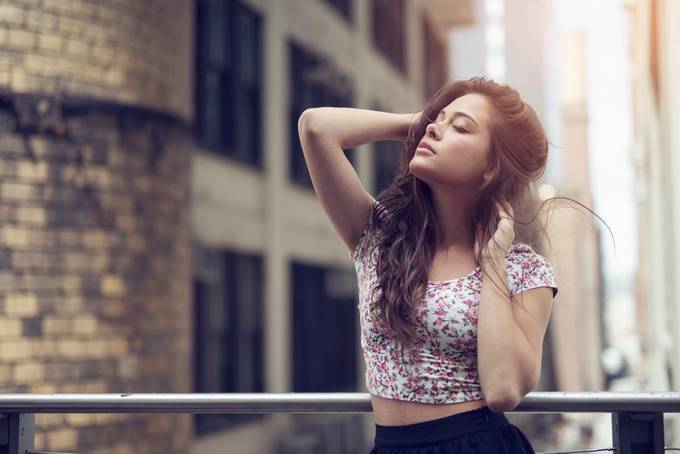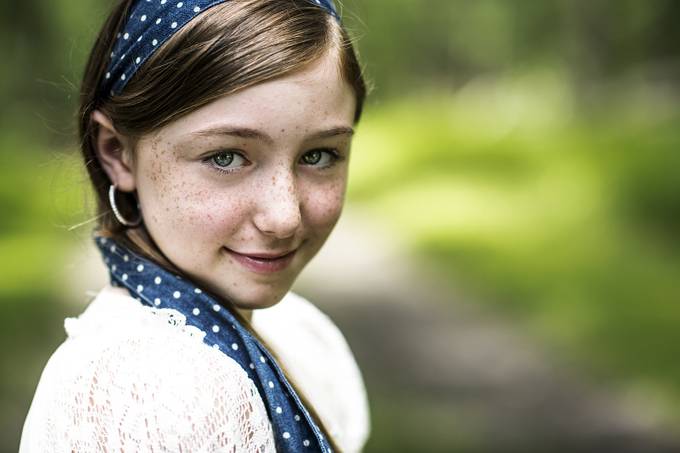"Photography is a passion. I do it because I love it; getting paid for it is simply a bonus. I'm often asked what kind of photography I dedicate myself to. But I find it difficult to confine myself to a label such as a couples photographer, product photographer, etc. My philosophy is that an artist is always growing and there is no reason to put a limits on the artist's skills." - Dani Diamond
Contrary to popular belief, it doesn’t take talent to capture a solid portrait. It takes skill and the motivation necessary to master those skills. ViewBug community member danidiamond shares 7 tips that will help you improve your portraits.
1. Expression. People tend to forget that a portrait without a real expression does not connect to the viewer. Expression is more important than location, light and expensive gear. The first thing people look at is the connection the subject has with the camera. The only way to achieve that is to make the subject comfortable.
2. Composition. Attract the viewer’s eye straight to the most important detail of the portrait—the subject’s face and more specifically, the eyes. This is where two important rules kick in: rule of thirds and depth. It is scientifically proven that the eye is most attracted to four different points of an image. Sticking with these four points will help frame the subject in the most pleasing manner. An image’s foreground, middle ground and background are essential in achieving the necessary depth.
3. Light. Just like artificial light is very directional, natural light needs to be this way too. It is for this reason that using window light is so popular. To achieve the best lighting, have the subject face the light source. For example, using the beam of light coming from the ends of the street or the light coming from the large opening in storefronts.
4. Settings. The best advice is to take one lens and on camera body on a shoot. The less gear, the easier it is to concentrate on every other aspect. People want to see a creative portrait not a technical perfect one. Every DSLR has an aperture priority mode, which allows the photographer to choose the f-stop and ISO, while the camera chooses the right shutter speed to expose the image properly. Why not let the camera do the extra homework, while the photographer focuses on more important details?
5. Lens. The focal length has the potential to distort the subject’s head in one way or another, that is why choosing the proper focal length is very important. The longer the focal lengths, the more flattering it is for the subject and the shallower the DOF will be. I find that the 85mm on a full frame camera and the 50mm on a cropped sensor to be the optimal portrait lengths. Both are wide enough to capture the surrounding scenery with the appropriate distance and also with a few steps forward, they can achieve tighter portraits. Fixed prime lenses such as the 50mm or 85mm are fast lenses with wide apertures that will help shoot at wide settings.
6. Complimenting Colors. When it comes to choosing clothing, backgrounds and even toning in Photoshop following the complimenting colors makes a huge difference. Chose clothing that compliments the skin or the background colors of the location. This is make the subjects stand out.
7. Poses. Finding the right pose is very difficult. Hand placement can make or break a photo. If it doesn’t look natural it stands out like a sore thumb. Remember, it’s all about placing your subjects in the most flattering positions.
Follow danidiamond to see more of his portraits and other awesome shots










